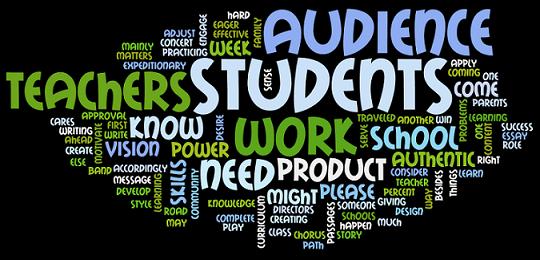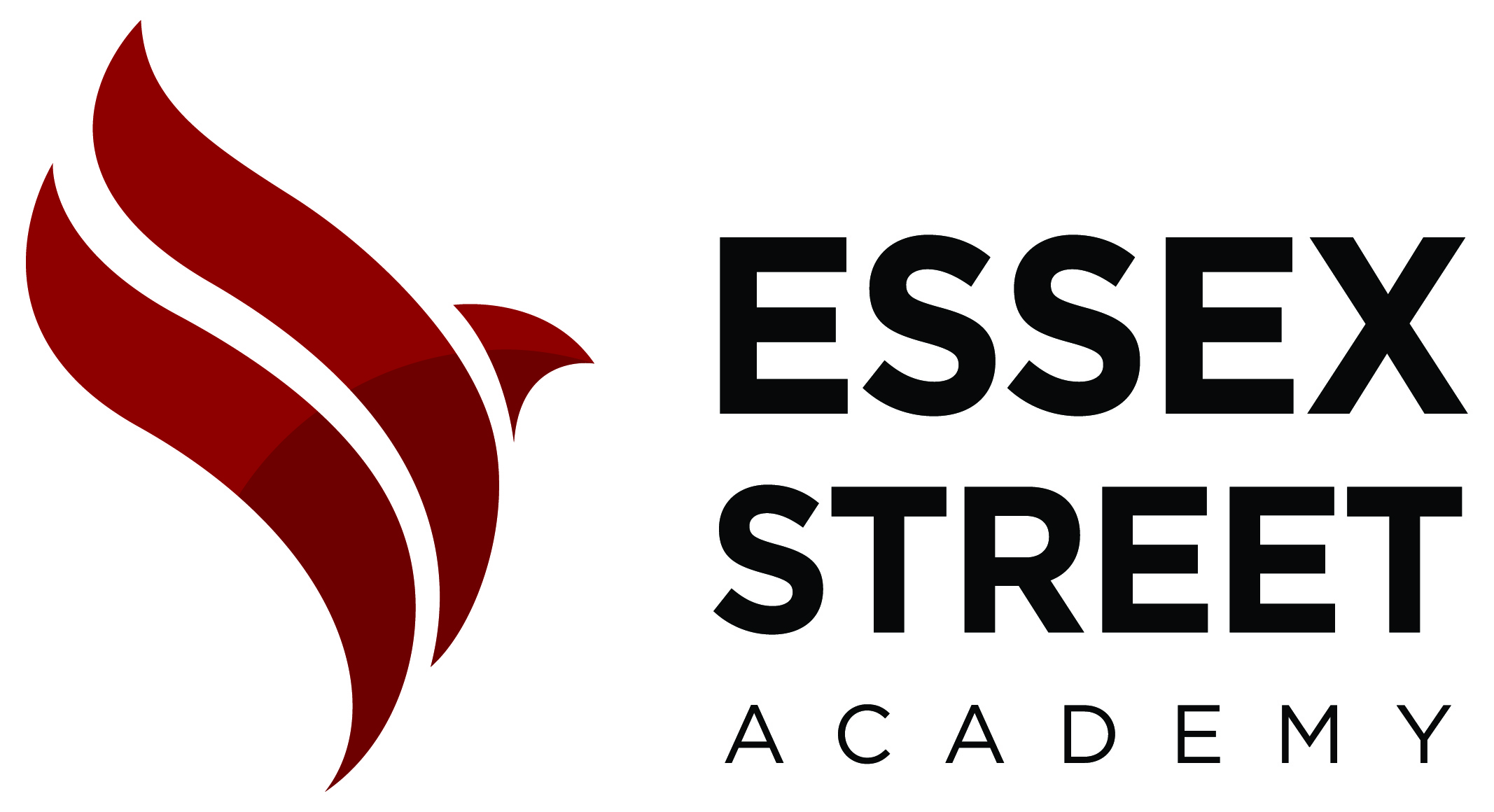Problem of practice: How might our students create more authentic and diverse forms of literary analysis?
In my first blog post I described how I was attempting to create more open and authentic writing assignments. The purpose of this exercise was to see if students wrote with more passion and voice and connection to the mentor text if they were given a broader structure to work with. I research alternative essay structures and ultimately devised my own structure and guiding questions to mentor students through the writing process. I also did several mini lessons to help model alternative forms of responding to literature. I found this format to be very successful in terms of increasing students passion for the project and in overall turn in rate. I found that students wrote more overall as well, as many students went beyond to required page minimum. I think the format also made it easier to draw connections to the world outside the text. Some challenges I face were sometimes student writing was superficial or glossed over important analysis of the text. Some of them went on tangents and struggled with organization. When I use this format again, I will emphasize the importance of thoughtful and meaningful organization in an essay. I will do more modeling and mini lessons that will speak to this topic.

